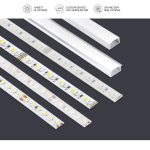Optimizing Growth: How Much LED Light is Needed for Seedlings?
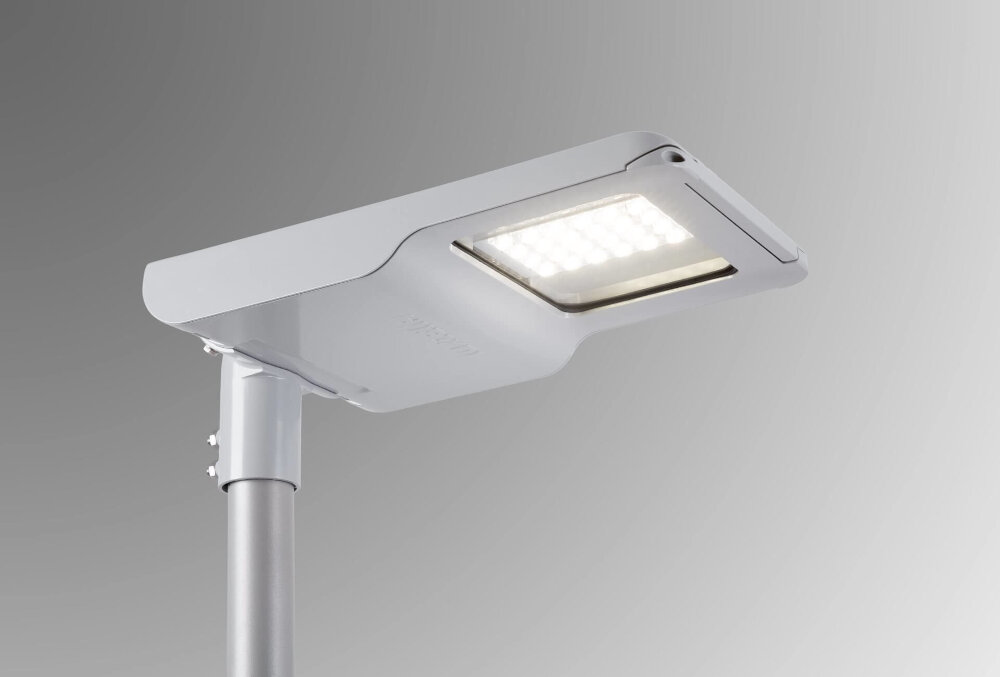
In modern agriculture, LED lighting has become a popular option for enhancing plant growth. LED lights offer significant advantages over traditional lighting sources due to their energy efficiency, longer lifespan, and ability to emit light in specific wavelengths. However, the question of how much LED light is needed for seedlings is a critical one, as providing the right amount of light is crucial for their healthy growth and development. Seedlings require sufficient light to produce energy through photosynthesis, which is essential for their growth and development. The right amount of light also affects the plant’s shape, size, and quality. Understanding the optimal LED lighting requirements for seedlings is crucial for growers to ensure that they can produce healthy plants with maximum yields. In this article, we will delve into the factors that determine the amount of LED light needed for seedlings and provide insights into how growers can optimize their growth using LED lighting.
LED lighting has become increasingly popular for indoor plant growth, particularly for seedlings. The importance of LED lighting for seedling growth lies in its ability to provide the correct spectrum of light for photosynthesis. LEDs can be tailored to emit specific wavelengths of light that are most beneficial for plant growth, promoting healthy development and quick growth. Additionally, LED lighting is energy-efficient and long-lasting, making it a cost-effective solution for indoor gardening. By optimizing the amount of LED light for seedling growth, gardeners can ensure healthy, robust plants that will thrive both indoors and outdoors.
Understanding the Basics of LED Lighting
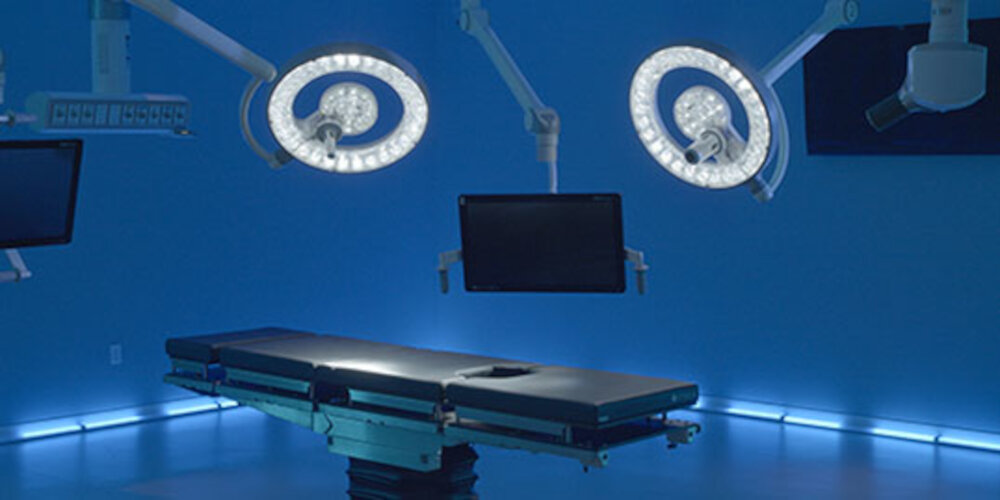
LED lighting has become increasingly popular in recent years due to its energy efficiency, longevity, and versatility. Unlike traditional light sources, LED lights emit light in a specific direction, making them more efficient and effective for a variety of applications. LED lights are also more durable than traditional light sources, making them ideal for use in harsh environments. When it comes to indoor gardening, LED lights are a popular choice due to their ability to provide the specific wavelengths of light that plants need for photosynthesis. Understanding the basics of LED lighting, including color temperature, wavelength, and intensity, is essential when choosing the right lighting for your indoor garden. Color temperature refers to the hue of the light emitted by LED bulbs. It is measured in Kelvin (K) and ranges from warm white (2700K) to cool white (6500K). When it comes to indoor gardening, it is important to choose the right color temperature for your plants. For example, warm white light is best for flowering plants, while cool white light is better for vegetative growth. Wavelength, on the other hand, refers to the specific colors of light that are emitted by LED bulbs. Red and blue wavelengths are the most important for plant growth, as they are the wavelengths that plants use for photosynthesis. Finally, intensity refers to the brightness of the light emitted by LED bulbs. The intensity of light that plants need depends on the type of plant and the stage of growth. Seedlings, for example, require less intense light than mature plants. By understanding these basics of LED lighting, you can choose the right lighting for your indoor garden and optimize your plants’ growth.
LED lighting is a popular lighting technology that is used in various applications, including indoor plant growth. LED stands for “light-emitting diode,” which is a semiconductor device that emits light when an electric current passes through it. LED lighting works by converting electrical energy into light energy and emitting it in a specific wavelength. Unlike traditional lighting systems that emit a broad spectrum of light, LED lights can be engineered to emit specific wavelengths that can be tailored to the needs of plants. This makes LED lighting an ideal choice for indoor plant growth as it provides the necessary light spectrum for photosynthesis and promotes plant growth. Additionally, LED lighting is energy-efficient and has a longer lifespan compared to traditional lighting systems, making it a cost-effective and sustainable option for indoor plant growth.
Using LED lighting for seedling growth has several benefits. Firstly, LED lights produce less heat and consume less energy compared to traditional lighting methods. This means that they can be left on for longer periods without damaging the plants or increasing energy bills. Additionally, LED lights can be customized to emit specific wavelengths of light, which can be tailored to the needs of the plants being grown. This makes them highly efficient in promoting photosynthesis and stimulating growth. Moreover, LED lights have a longer lifespan than traditional lights, which means they require less frequent replacement and maintenance. Overall, using LED lighting for seedling growth can lead to healthier and more productive plants while also saving energy and costs.
Factors to Consider When Choosing LED Lighting for Seedlings
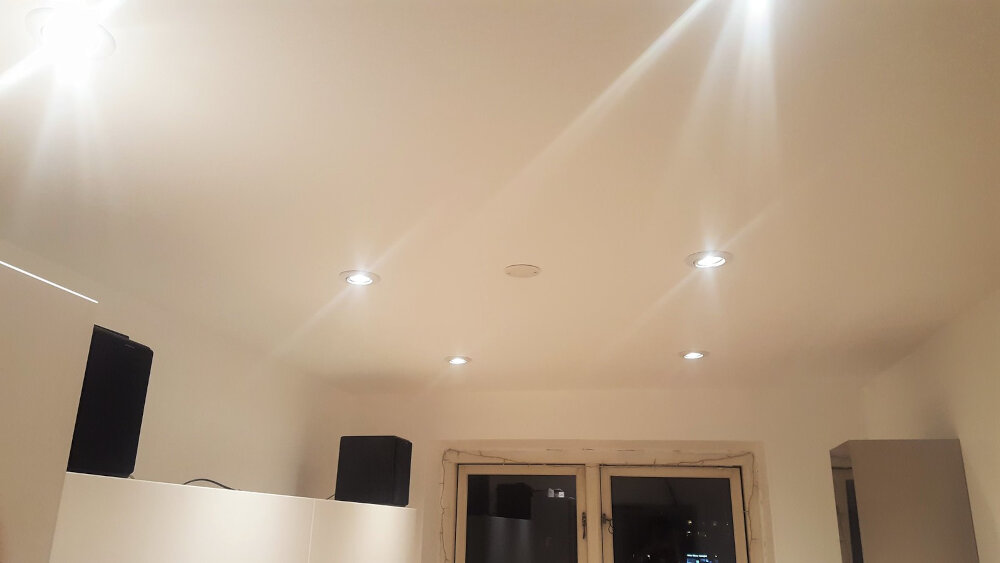
When it comes to growing seedlings, choosing the right LED lighting is a crucial factor that can make or break your success. There are several factors to consider when choosing LED lighting for seedlings, including the color temperature, intensity, and light duration. Firstly, the color temperature of the LED light is an essential consideration, as it determines the wavelength of light that is emitted. Seedlings require a specific wavelength of light, typically in the blue spectrum, to promote vegetative growth. Therefore, it is important to choose an LED light with a color temperature of around 6500K, which is ideal for seedlings. In addition to color temperature, the intensity of the LED light is another critical factor to consider. Seedlings require a specific intensity of light, typically between 200 and 400 µmol/m²/s, to promote optimum growth. It is important to choose an LED light that can provide the required intensity for your seedlings’ specific needs. Finally, the light duration is another factor to consider when choosing LED lighting for seedlings. Seedlings require around 16 hours of light per day to promote healthy growth. Therefore, it is important to choose an LED light that can provide the required light duration for your seedlings. By considering these factors, you can choose the right LED lighting for your seedlings and optimize their growth.
There are several types of LED lights available in the market that serve different purposes. Firstly, the traditional LED bulbs are the most common and affordable ones that offer a variety of colors and brightness levels. Secondly, the high-power LED lights emit intense light and are suitable for large-scale industrial applications. Thirdly, the COB (Chip-on-board) LED lights have multiple diodes integrated into a single chip, providing a more comprehensive spectrum of light. Lastly, the quantum board LED lights are the most advanced and efficient, utilizing the latest technology to provide optimal light for plant growth. The main differences between these types of LED lights are their power, coverage area, and spectral output, and choosing the right one depends on the specific needs of the plant and the desired level of growth.
The color spectrum is a critical factor that impacts seedling growth. Different colors of light have varying wavelengths, and each one affects plants differently. Blue light, for instance, is known to stimulate vegetative growth and leaf development, while red light promotes flowering and fruiting. Green light, however, is least effective in terms of plant growth and is often reflected back. Therefore, understanding the color spectrum and its impact on seedling growth is essential when optimizing growth. By providing the right balance of colors, growers can ensure that their seedlings receive sufficient light to develop strong, healthy roots and leaves, which are necessary for later stages of growth.
The intensity and duration of light exposure for seedlings can greatly impact their growth and development. In order to optimize growth, it is important to provide an appropriate amount of LED light. While some plants may require higher intensity light, others may thrive with lower levels. The duration of light exposure is also a critical factor, as too much or too little can lead to stunted growth or even plant death. It is important to consider the specific needs of each type of seedling and adjust the intensity and duration accordingly. With proper attention to light exposure, seedlings can grow strong and healthy, setting the foundation for a thriving garden.
Calculating How Much LED Light is Needed for Seedlings
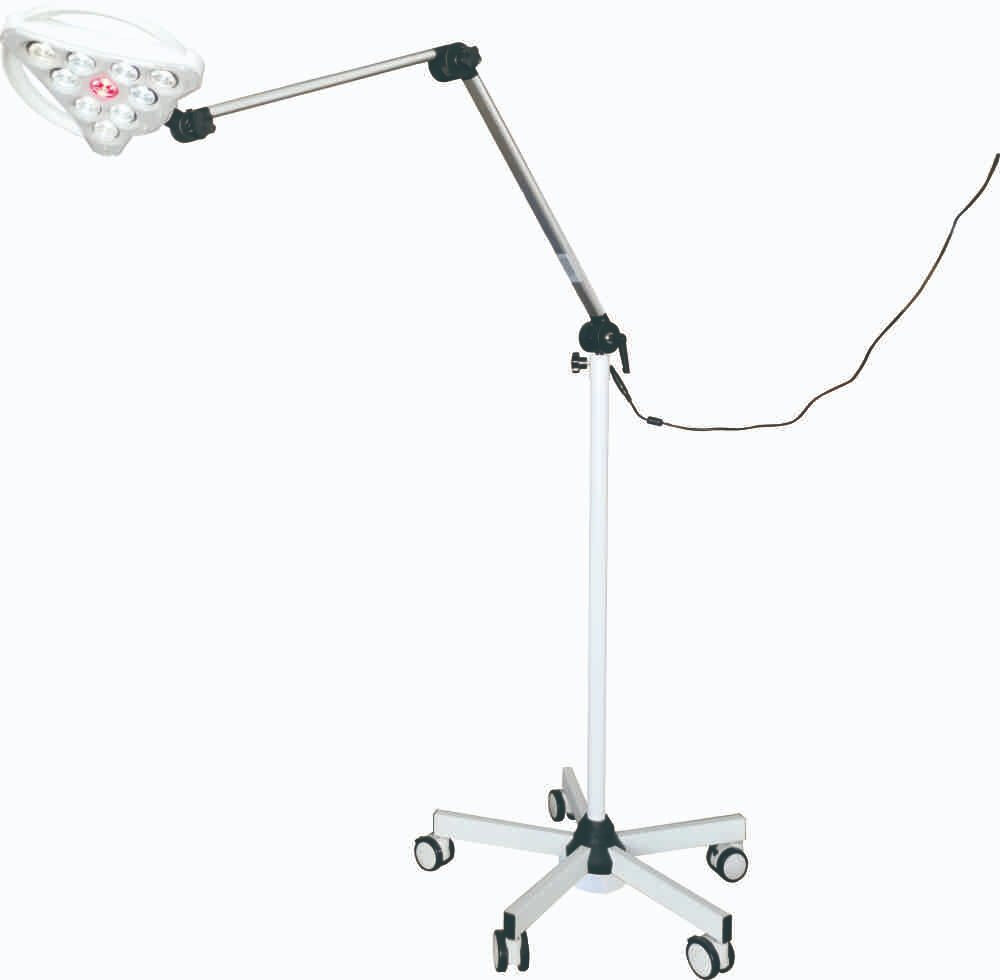
When it comes to optimizing growth for seedlings, calculating the amount of LED light required is crucial. LED lights are a popular choice for indoor gardening because they offer a range of benefits such as energy efficiency, low heat output, and customizable light spectrums. To determine how much LED light is needed for seedlings, several factors must be considered. One of the most important factors is the type of plant being grown, as different types of plants have varying light requirements. For example, plants that originate from tropical regions typically require more light than those that are native to colder climates. Another critical factor to consider is the stage of growth the seedlings are in. During the germination stage, seedlings require less light than they do during the vegetative stage. As the seedlings grow, they require more light to develop properly. Additionally, the size of the grow area and the distance between the LED lights and the seedlings must also be taken into account. To determine the appropriate amount of LED light needed, growers should aim for a minimum of 20 watts of LED light per square foot of grow space. By taking all of these factors into consideration, growers can ensure that their seedlings receive the optimal amount of LED light for healthy growth.
To calculate the required amount of LED light for seedlings, several steps need to be followed. The first step is to determine the area of the seedling tray or the growing space. This is important because the amount of light required will depend on the size of the area. The second step is to identify the type of seedling being grown and the stage of growth. This is because different plants require different amounts of light at different stages of growth. The third step is to choose the appropriate LED light with the right spectrum and intensity based on the plant’s requirements. The fourth step is to calculate the total wattage needed based on the area and plant requirements. Finally, the last step is to set up the LED lights at the proper height and distance from the seedlings for optimal growth. By following these steps, growers can ensure that their seedlings receive the necessary amount of LED light for healthy and vigorous growth.
Calculations for different types of seedlings are essential to ensure optimal growth conditions. For instance, if you are growing lettuce seedlings, you need to calculate the amount of light they need based on their growth stage. In the early stages, lettuce seedlings require approximately 18 hours of light per day, while mature plants need only 12-14 hours. Similarly, tomato seedlings require 14-18 hours of light per day, depending on their growth stage. Calculating the amount of light needed for different types of seedlings can be done by taking into account their growth stage, the intensity of the LED light, and the distance between the light source and the seedlings. These calculations are crucial to optimizing growth and ensuring healthy, robust seedlings.
Tips for Optimizing LED Lighting for Seedlings
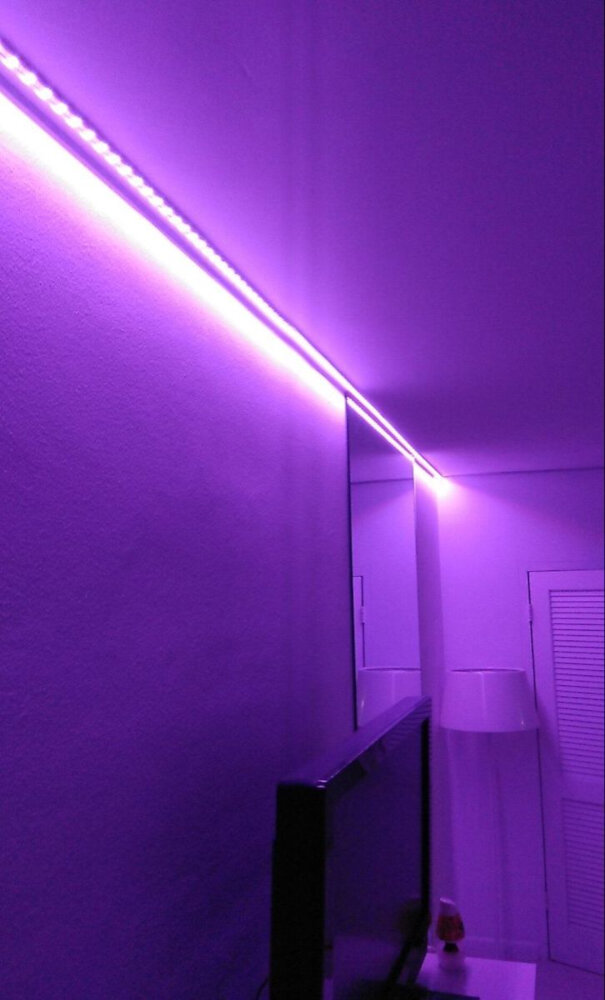
When it comes to optimizing LED lighting for seedlings, it’s important to keep a few key tips in mind. First and foremost, it’s important to choose the right type of LED light for the job. Look for lights that are specifically designed for seedlings, as these will typically emit light in the blue spectrum, which is most beneficial for promoting healthy growth in young plants. Additionally, it’s important to make sure that the lights are positioned correctly. For best results, lights should be placed no more than a few inches above the seedlings, and should be moved up as the plants grow taller. Finally, it’s important to make sure that the lights are on for the right amount of time each day. Most seedlings require 14-16 hours of light per day, so set a timer or use a smart lighting system to ensure that they’re getting the right amount of light each day. Another important factor to consider when optimizing LED lighting for seedlings is the quality of the light itself. Look for lights that have a high CRI (color rendering index) score, as this will ensure that the light is as close to natural sunlight as possible. Additionally, pay attention to the color temperature of the light. Seedlings typically do best with lights that have a color temperature of around 6500K, as this is similar to the color temperature of daylight. Finally, it’s important to monitor the temperature and humidity levels in the growing area, as these can have a significant impact on the health and growth of the seedlings. With the right lighting, temperature, and humidity, you can create the perfect environment for your seedlings to thrive and grow into healthy, strong plants.
The placement and distance of LED lights from seedlings is a crucial factor in optimizing their growth. LED lights should be positioned about 2-4 inches above the seedlings to provide enough light without causing heat or burning. It is important to ensure that the lights are evenly distributed and cover the entire surface area of the seedlings, as this will help ensure uniform growth. Additionally, the color temperature of the LED lights should be carefully considered. Blue light is essential for promoting leaf growth, while red light is necessary for root development. Therefore, a combination of both blue and red LED lights is ideal for promoting healthy growth in seedlings. By carefully considering these factors, growers can ensure that their seedlings receive the optimal amount of light necessary for healthy and robust growth.
The time of day and duration of light exposure are crucial factors for the growth of seedlings. Scientific studies suggest that seedlings require an optimal amount of light exposure for photosynthesis, which is responsible for generating energy required for growth. The ideal time for light exposure is during the daytime, as the seedlings require a minimum of 8 hours of light for proper growth. However, the duration of light exposure may vary depending on the type of plant and its growth stage. Additionally, the intensity of light should also be monitored to ensure that seedlings receive the right amount of light energy. Therefore, it is essential to provide seedlings with an appropriate time and duration of light exposure to optimize their growth and development.
Monitoring and adjusting LED lighting is crucial for optimal seedling growth. Seedlings require a specific amount of light intensity and duration, which can vary depending on the type of plant being grown. LED lights offer a customizable solution for growers to adjust the light spectrum and intensity to meet the specific needs of their seedlings. It is essential to monitor the light levels regularly and adjust them accordingly to prevent under or overexposure, which can lead to stunted growth or even death. Additionally, the duration of light exposure is critical, as seedlings require a specific amount of darkness to promote healthy growth. By carefully monitoring and adjusting LED lighting, growers can ensure their seedlings receive the ideal amount and quality of light to promote optimal growth and development.
LED lighting has become increasingly popular for seedling growth due to its numerous benefits. LED lights emit wavelengths that are specifically tailored to the needs of plants during various stages of growth. Unlike traditional lighting options, LED lights produce less heat, which reduces the risk of damage to delicate seedlings. Additionally, LED lights are more energy-efficient, making them a cost-effective option for indoor gardening. The ability to customize the spectrum of light emitted by LED lights also allows for optimal growth and development of seedlings, resulting in stronger and healthier plants. Overall, the use of LED lighting for seedling growth is a wise investment for any gardener looking to optimize their indoor growing conditions.
Optimizing LED lighting for seedlings requires a good understanding of the plant’s needs and how the light affects their growth. Some key takeaways include providing the right spectrum of light, which should be mostly blue and red wavelengths, as these are the most effective for photosynthesis. The intensity of the light should also be carefully considered, as too much or too little can stunt growth or cause other problems. Additionally, the duration of the light should be tailored to the specific plant species, with some requiring up to 18 hours of light per day while others need less. Finally, proper placement of the lights is crucial, with fixtures ideally positioned about 6-12 inches above the seedlings to ensure even distribution of light and prevent burning. By implementing these strategies, growers can optimize their LED lighting to promote healthy growth and maximize yields.
Conclusion
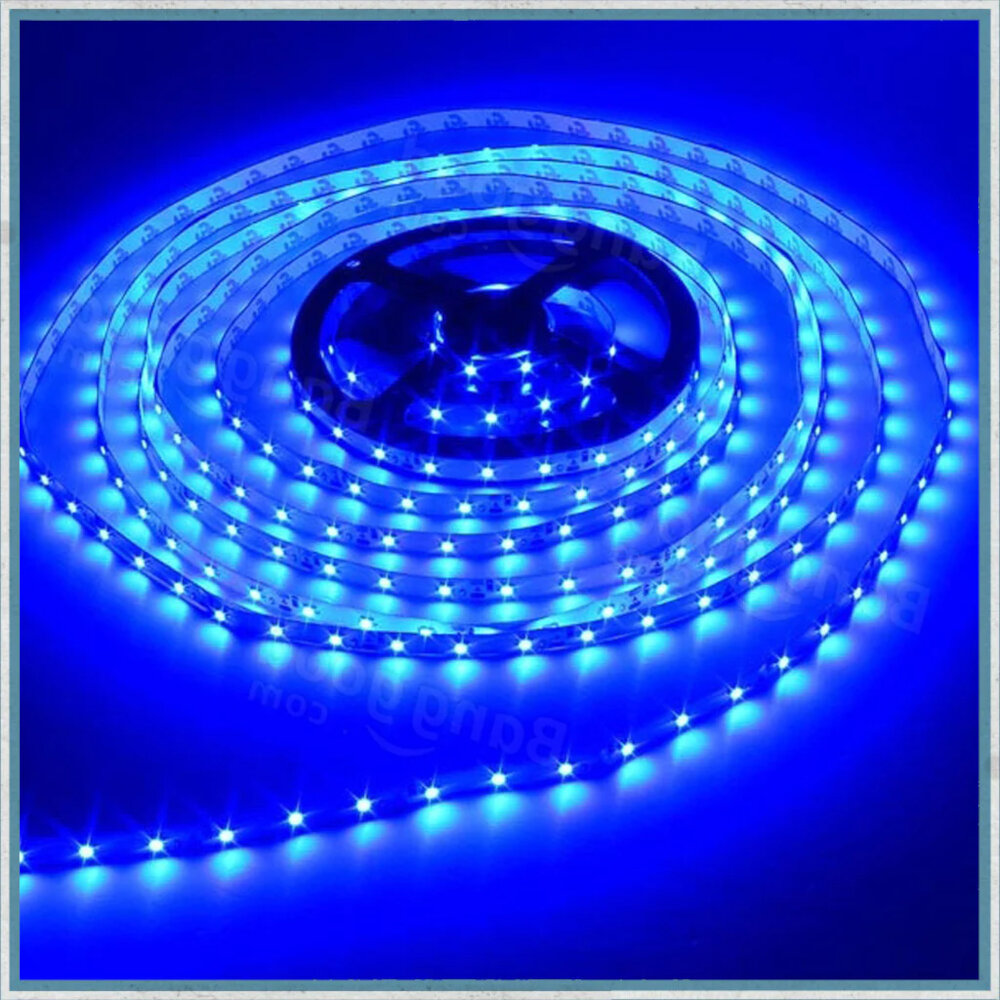
In conclusion, optimizing growth for seedlings is a crucial step in the process of plant cultivation. The use of LED lights has become increasingly popular in recent years as it provides a more energy-efficient and cost-effective alternative to traditional lighting methods. However, determining the appropriate amount of LED light needed for seedlings can be a challenging task. Factors such as the type of plant, the stage of growth, and the intensity of light required must be taken into consideration. It is essential to strike a balance between providing enough light for photosynthesis while avoiding overexposure that could lead to damage. Ultimately, finding the optimal amount of LED light for seedlings will result in healthier and stronger plants, leading to a more successful harvest.


